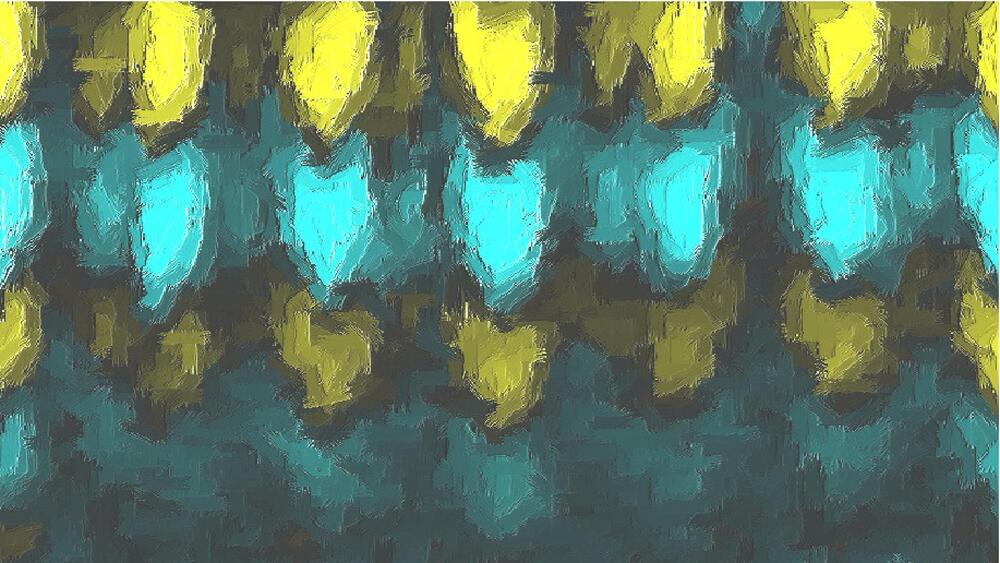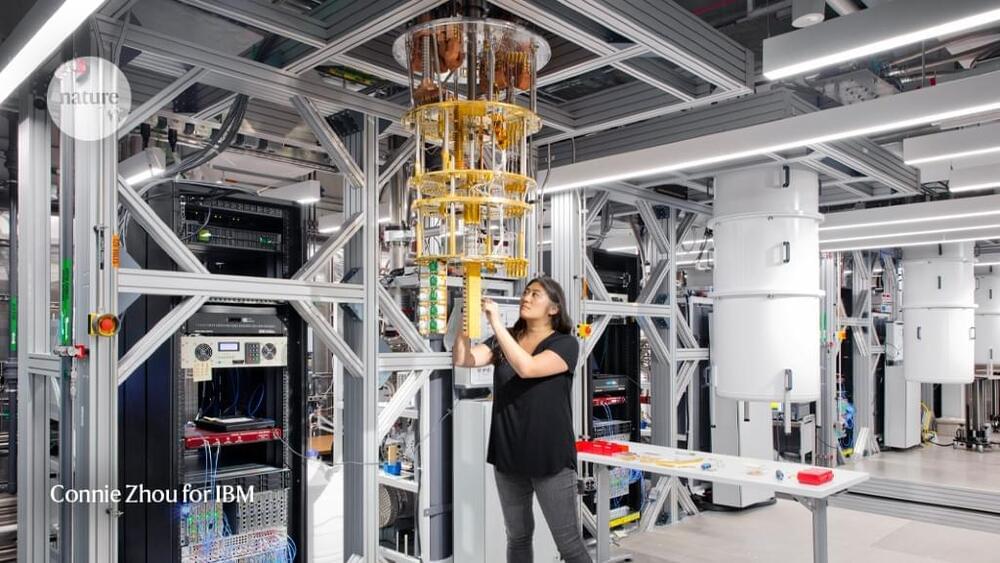Tech innovations such as artificial intelligence (AI), quantum computing, the metaverse, web3, and 5G are surrounded by so much hype and spin-doctoring that it can be difficult to get to the crux of things. Here, we try to cut through the hype.


A breakthrough in quantum research – the first detection of excitons (electrically neutral quasiparticles) in a topological insulator has been achieved by an international team of scientists collaborating within the Würzburg-Dresden Cluster of Excellence ct.qmat. This discovery paves the way for a new generation of light-driven computer chips and quantum technologies. It was enabled thanks to smart material design in Würzburg, the birthplace of topological insulators. The findings have been published in the journal Nature Communications.
<em>Nature Communications</em> is a peer-reviewed, open-access, multidisciplinary, scientific journal published by Nature Portfolio. It covers the natural sciences, including physics, biology, chemistry, medicine, and earth sciences. It began publishing in 2010 and has editorial offices in London, Berlin, New York City, and Shanghai.

One of the biggest achievements of quantum physics was recasting our vision of the atom. Out was the early 1900s model of a solar system in miniature, in which electrons looped around a solid nucleus. Instead, quantum physics showed that electrons live a far more interesting life, meandering around the nucleus in clouds that look like tiny balloons. These balloons are known as atomic orbitals, and they come in all sorts of different shapes—perfectly round, two-lobed, clover-leaf-shaped. The number of lobes in the balloon signifies how much the electron spins about the nucleus.
That’s all well and good for individual atoms, but when atoms come together to form something solid—like a chunk of metal, say—the outermost electrons in the atoms can link arms and lose sight of the nucleus from where they came, forming many oversized balloons that span the whole chunk of metal. They stop spinning about their nuclei and flow through the metal to carry electrical currents, shedding the diversity of multi-lobed balloons.
Now, researchers at the Quantum Materials Center (QMC) at the University of Maryland (UMD), in collaboration with theorists at the Condensed Matter Theory Center (CMTC) and Joint Quantum Institute (JQI), have produced the first experimental evidence that one metal—and likely others in its class—have electrons that manage to preserve a more interesting, multi-lobed structure as they move around in a solid. The team experimentally studied the shape of these balloons and found not a uniform surface, but a complex structure. This unusual metal is not only fundamentally interesting, but it could also prove useful for building quantum computers that are resistant to noise.

Generating, losing and reviving entanglement
In their experiment, the researchers generated entangled photons by sending light from a high-power “pump” laser into a nonlinear crystal. Under conditions where the photons’ energies and momenta are conserved, one pump photon will produce two entangled photons in a process called spontaneous parametric down conversion (SPDC). The two photons are entangled in all their properties. If a photon is detected at one location, for example, the position of the other entangled photon is automatically determined. The correlation exists for other quantities as well, such as momentum, angular position and orbital angular momentum.
As seen through the witness without any corrective measures, the researchers observed that position entanglement between photons disappears after about 4 cm of propagation. On the other hand, something interesting happens for angular-position entanglement. It disappears after about 5 cm of propagation, but after the photons have travelled another 20 cm, entanglement appears again (see figure). The researchers corroborated their experimental results qualitatively with a numerical model.

That general question is still hard to answer, again in part because of those pesky errors. (Future quantum machines will compensate for their imperfections using a technique called quantum error correction, but that capability is still a ways off.) Is it possible to get the hoped-for runaway quantum advantage even with uncorrected errors?
Most researchers suspected the answer was no, but they couldn’t prove it for all cases. Now, in a paper posted to the preprint server arxiv.org, a team of computer scientists has taken a major step toward a comprehensive proof that error correction is necessary for a lasting quantum advantage in random circuit sampling — the bespoke problem that Google used to show quantum supremacy. They did so by developing a classical algorithm that can simulate random circuit sampling experiments when errors are present.


Researchers at Princeton’s Department of Chemistry discovered the first known de novo protein that catalyzes, or drives, the synthesis of quantum dots.
Nature uses 20 canonical amino acids.
<div class=””> <div class=””><br />Amino acids are a set of organic compounds used to build proteins. There are about 500 naturally occurring known amino acids, though only 20 appear in the genetic code. Proteins consist of one or more chains of amino acids called polypeptides. The sequence of the amino acid chain causes the polypeptide to fold into a shape that is biologically active. The amino acid sequences of proteins are encoded in the genes. Nine proteinogenic amino acids are called “essential” for humans because they cannot be produced from other compounds by the human body and so must be taken in as food.<br /></div> </div>


Researchers in Brazil have achieved a quantum breakthrough by succeeding in the creation of a source of illumination that produces two separate entangled beams of light, according to new research.
The achievement was announced by a team of physicists with Brazil’s Laboratory for Coherent Manipulation of Atoms and Light (LMCAL), located at the University of São Paulo’s Physics Institute.
Quantum entanglement is among the most perplexing phenomena observed in modern physics. It involves particles that are linked in such a way that when changes affect the quantum state of one, the other to which it is “entangled” will also be affected. Strangely, such effects even occur over significant distances, a phenomenon first described as “spooky action at a distance” after its discussion in a landmark 1935 paper by Albert Einstein, Boris Podolsky, and Nathan Rosen.